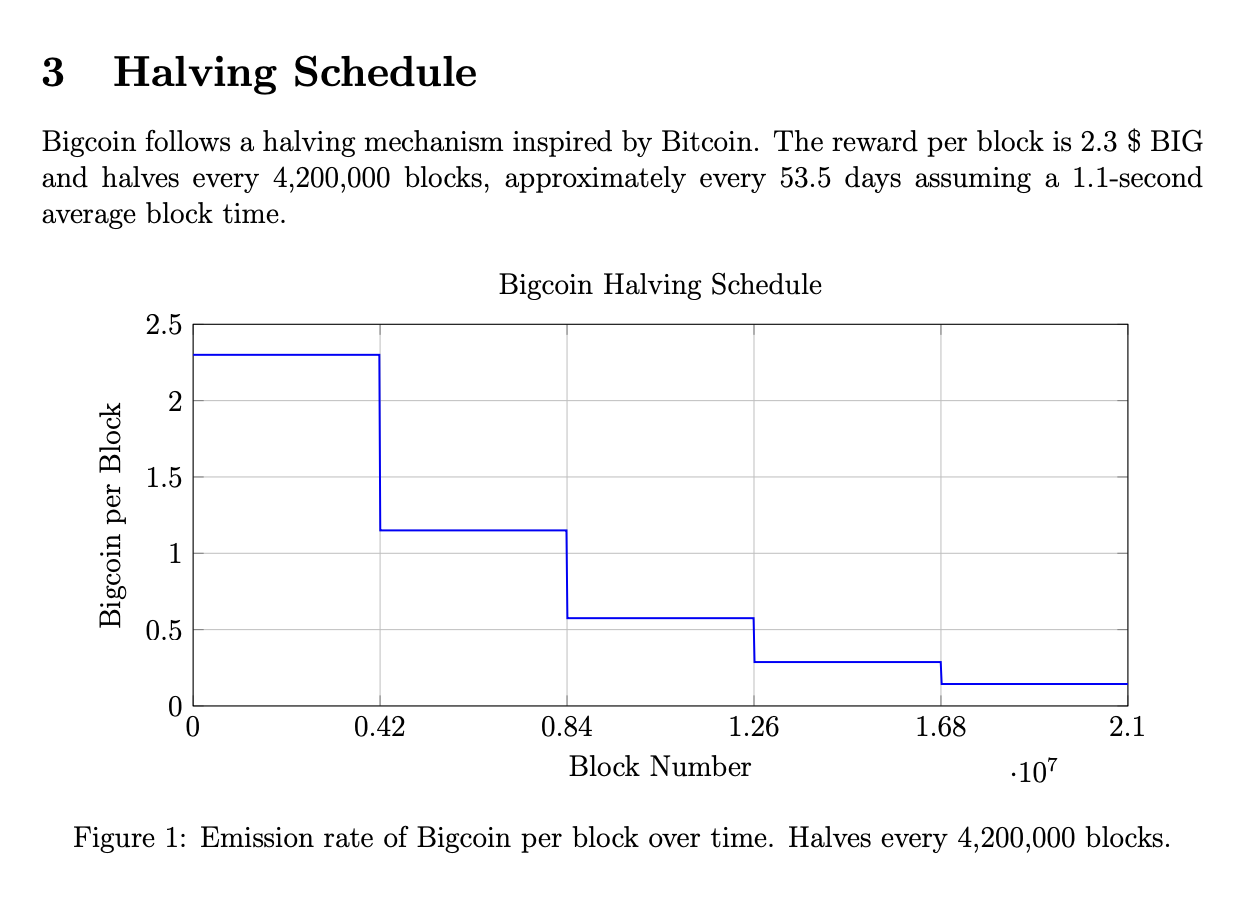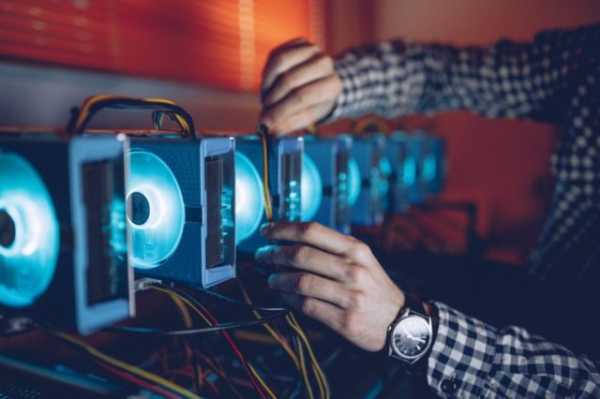Bigcoin Mining Game Faces Ponzi Scheme Accusations Amid Token Price Fluctuations

This is an excerpt from The Drop newsletter. To receive full issues, subscribe.
Abstract: The Ethereum L2 blockchain, which claims to be “leading the next generation of consumer cryptocurrency,” is introducing and supporting a cryptocurrency mining game that some are accusing of being a Ponzi scheme.
Abstract has added the “Big Badge” as a visual reward element for users interacting with Bigcoin, an app that turns the BIG token into a game and allows players to “mine” the token through their virtual “objects.”
“Bigcoin aims to become the most popular coin on the planet by combining Bitcoin’s proven issuance mechanisms with viral, community-driven incentives,” the token’s white paper states. User X, under the pseudonym “Satoshi Bigmoto,” also known as “Bigtoshi,” is listed as the author and creator of the Bigcoin white paper. His account was created just a few months ago, in February.

However, in order to “mine” BIG and increase their hashrate, players need to purchase “miners” for their pixel “objects” using BIG itself (both the size of the object and the number of miners contribute to the hashrate increase). Players are also required to spend BIG to “upgrade” these virtual mining facilities.
Fin Totten, head of annotation marketing, confirmed to me that Bigcoin does not actually use players’ physical computers to mine the token — and in fact, the token is not actually mined at all. Instead, it is a simulation supported by the token’s smart contract.
Loading tweet..
One X user said over the weekend that “Bigcoin has conquered the timeline and brought in a lot of profits for those who joined early,” adding: “Congrats to everyone who got in early.”
While others argue that all cryptocurrency is a Ponzi scheme, Bigcoin is less useful and less legitimate than its predecessor, Bitcoin, which was adopted by Wall Street in the form of a Bitcoin ETF.
Cornell Law School defines a Ponzi scheme as: “a type of investment fraud in which investors are promised artificially high rates of return with little or no risk. Initial investors and the scammers are paid with funds from new investors, but little or no actual business activity occurs to generate income. The scheme generates funds for previous investors while there is a constant influx of money from new participants.”
However, it is currently unclear what the point of Bigcoin is, other than enriching miners who “came early” via gamification from above.
Source: cryptonews.net



